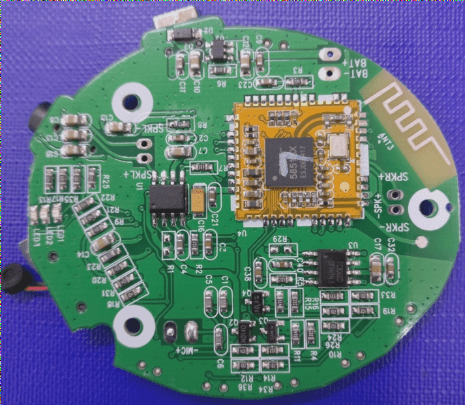PCB Surface Treatment Processes
- Anti-oxidation
- Tin spraying
- Lead-free tin spraying
- Immersion gold
- Immersion tin
- Immersion silver
- Hard gold plating
- Full board gold plating
- Gold fingers
- Nickel palladium gold OSP
Understanding Immersion Gold and Gold Plating in PCBs
Immersion gold and gold plating are two common processes used in PCB circuit boards. Here are the key differences:
Gold Plating Process
Gold plating involves dissolving nickel and gold in a chemical solution and electroplating them onto the copper foil surface of the circuit board. It offers high hardness, abrasion resistance, and oxidation resistance.
Immersion Gold Process

Immersion gold is a chemical oxidation-reduction process that creates a thicker layer of plating compared to traditional methods. It provides a more substantial gold layer through a chemical deposition process.
The Differences Between Immersion Gold and Gold Plating
- Immersion gold has a thicker layer and a more vibrant golden hue than gold plating, making it visually distinct.
- Immersion gold is easier to weld and softer than gold plating, reducing the risk of poor soldering.
- Immersion gold boards contain only nickel and gold on the pads, ensuring signal integrity.
- Immersion gold has a denser crystal structure, making it less prone to oxidation.
- Immersion gold boards prevent short circuits in dense circuit layouts compared to gold plating.
- Immersion gold boards provide a stronger bond between the solder mask and copper layer.
- Immersion gold is cost-effective and offers better flatness for high-demand applications.
Industry Terminology
- In mainland China, immersion gold and electric gold are commonly used terms, while in Taiwan, they are referred to as Huajin and flash gold boards.
- Immersion gold plates are also known as chemical nickel gold plates, grown through chemical deposition.
- Gold electroplated plates are termed electroplated nickel gold plates, developed through DC electroplating.




